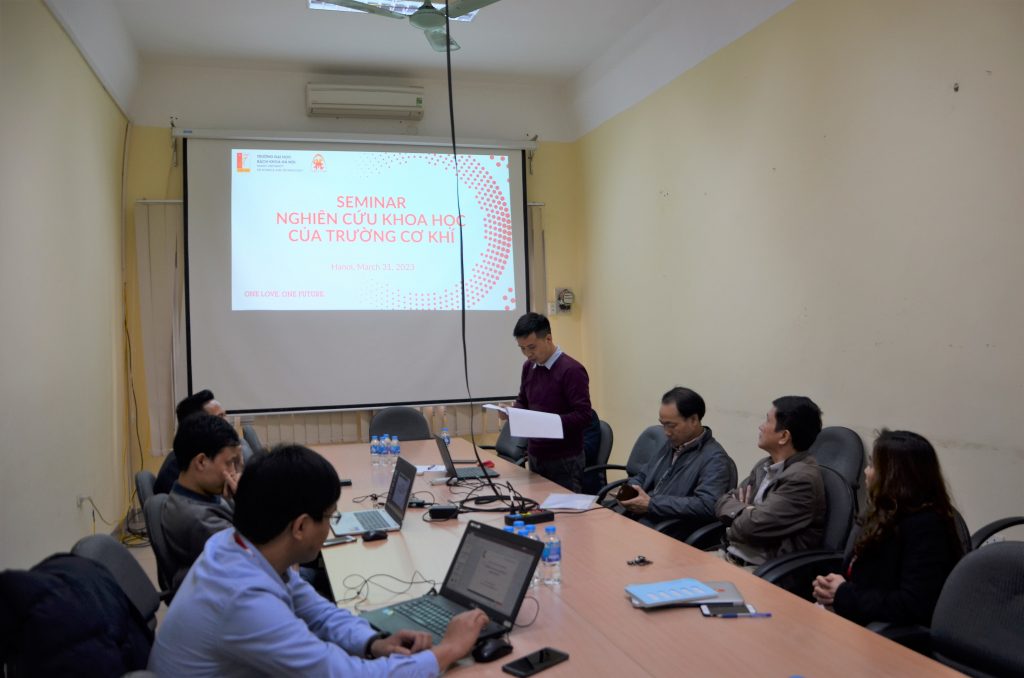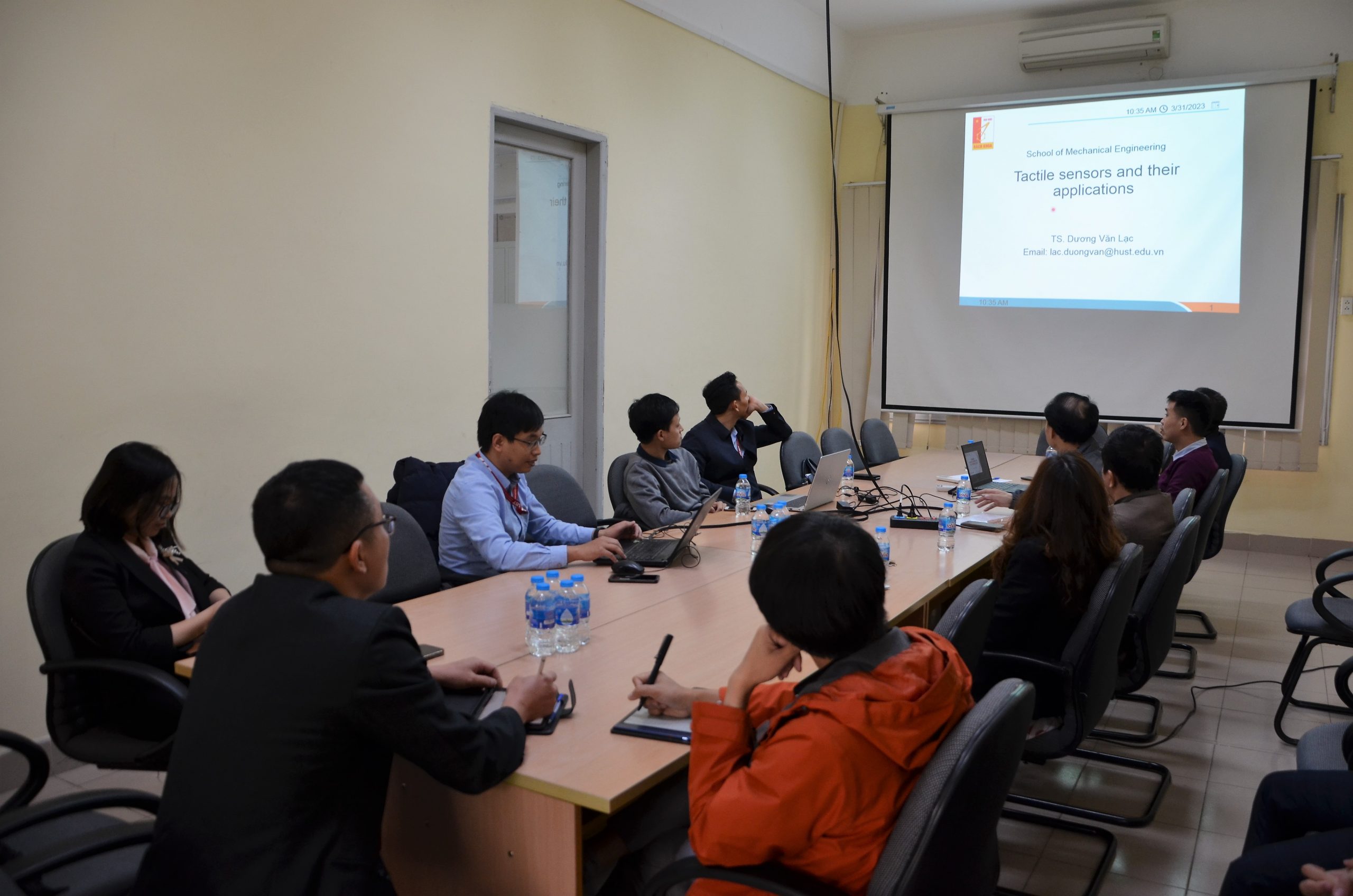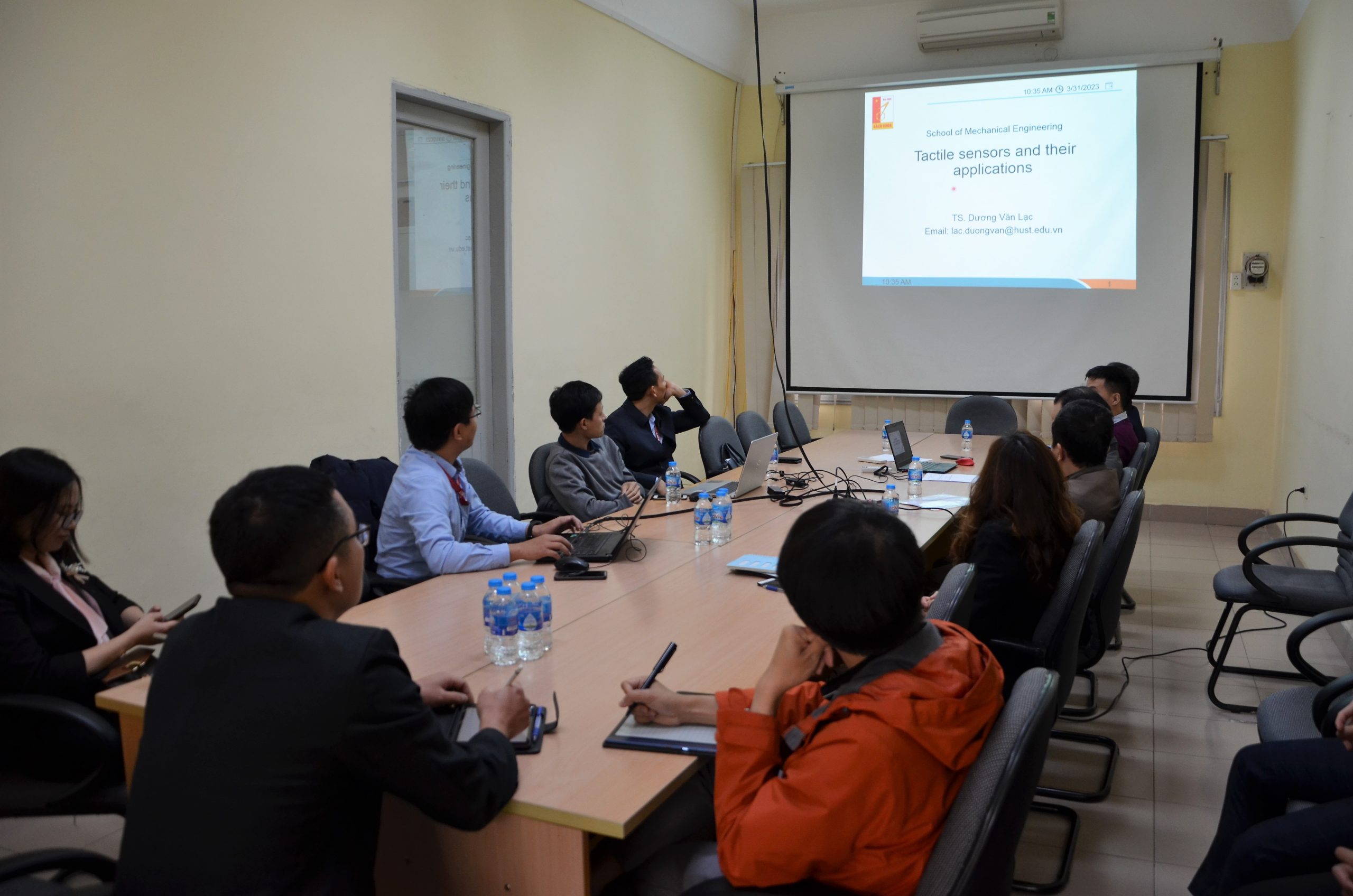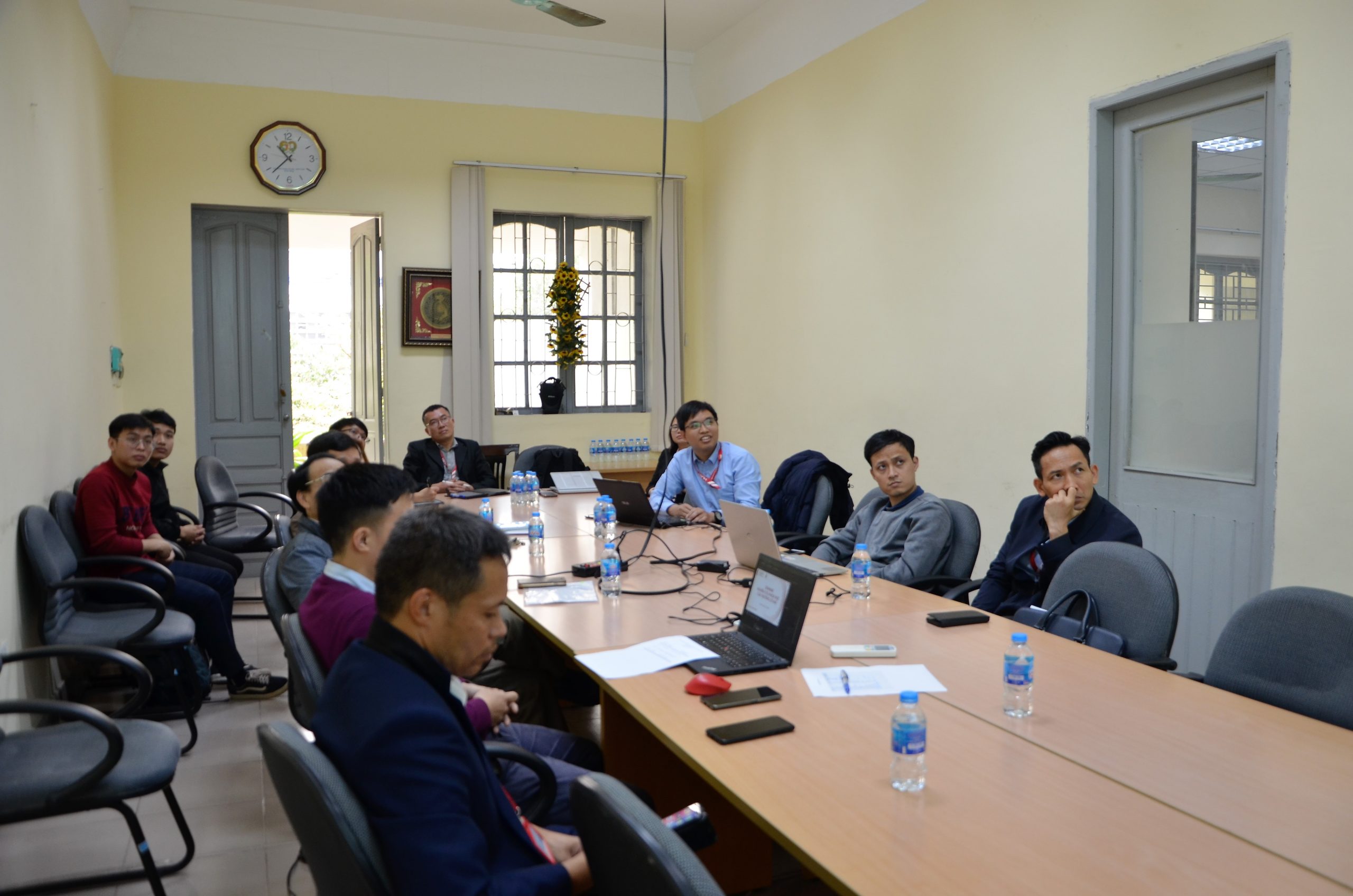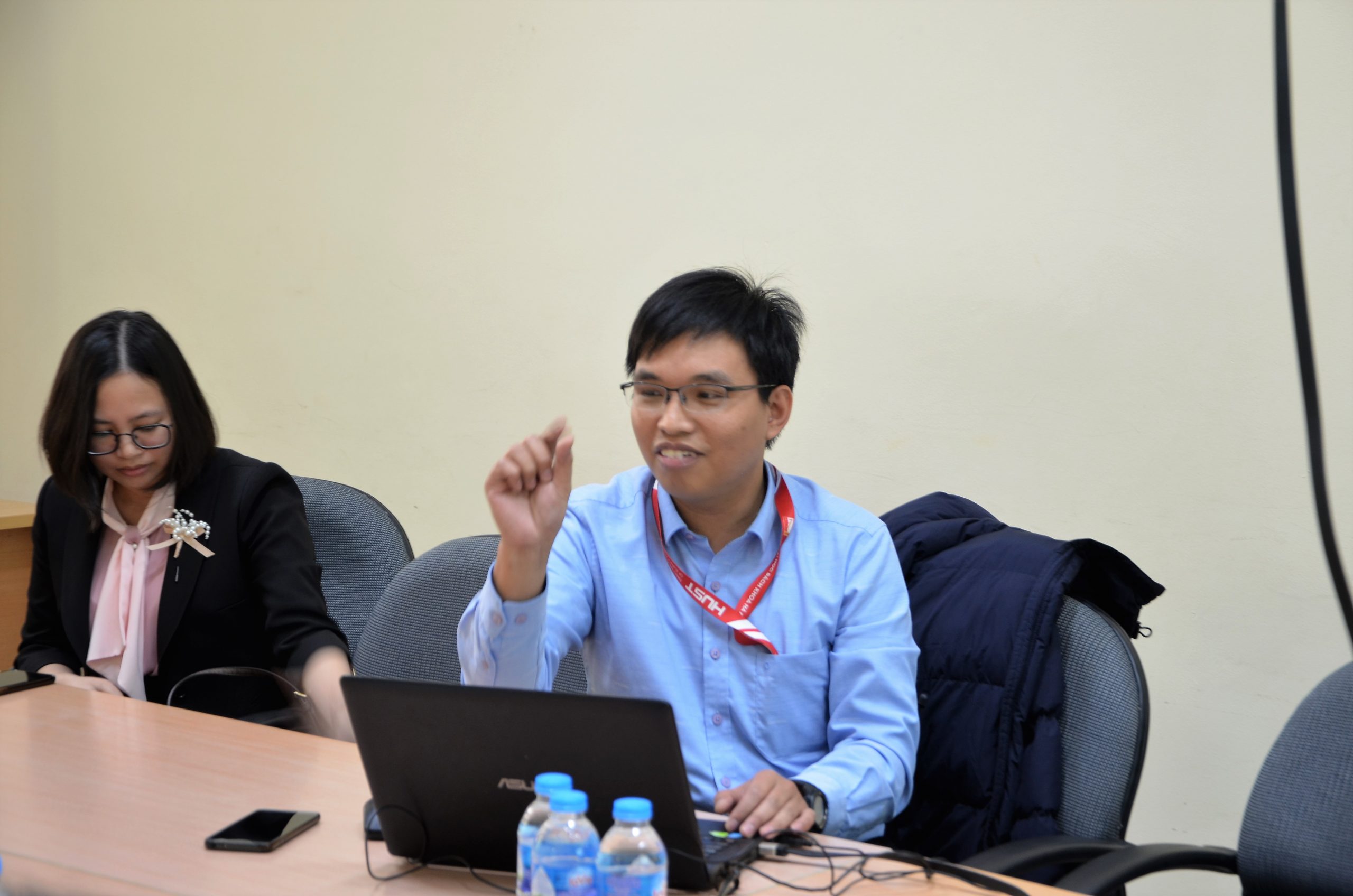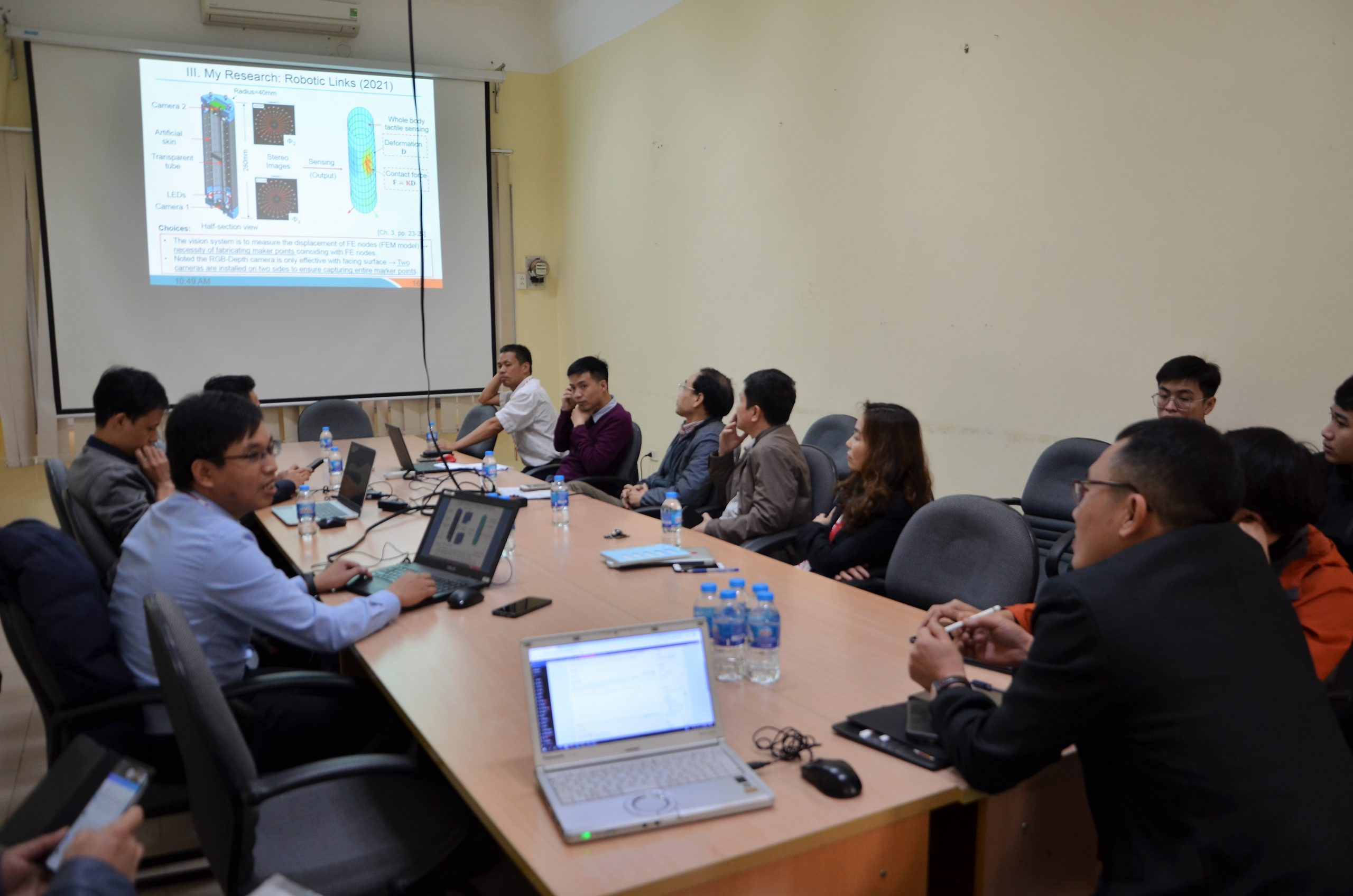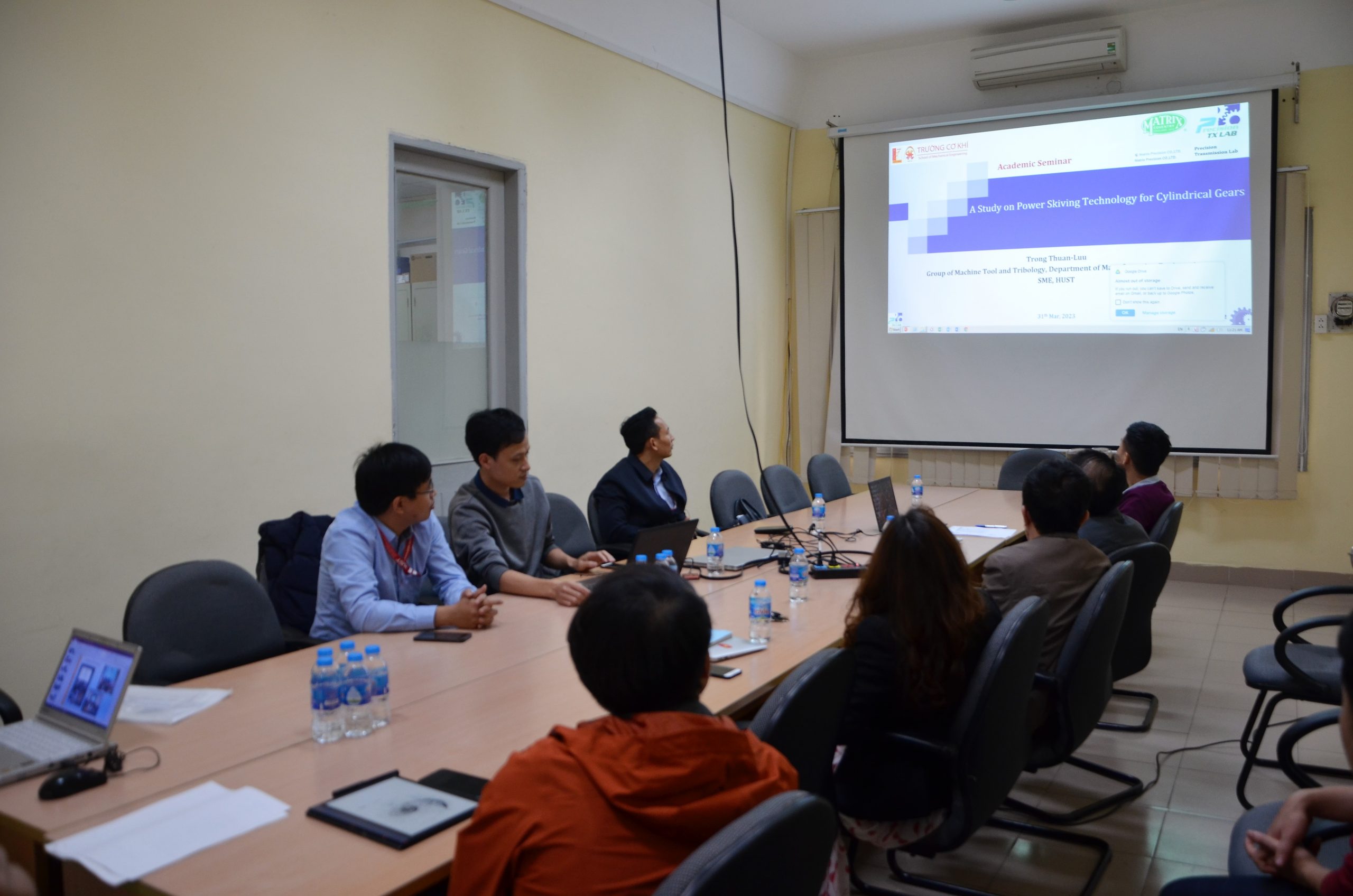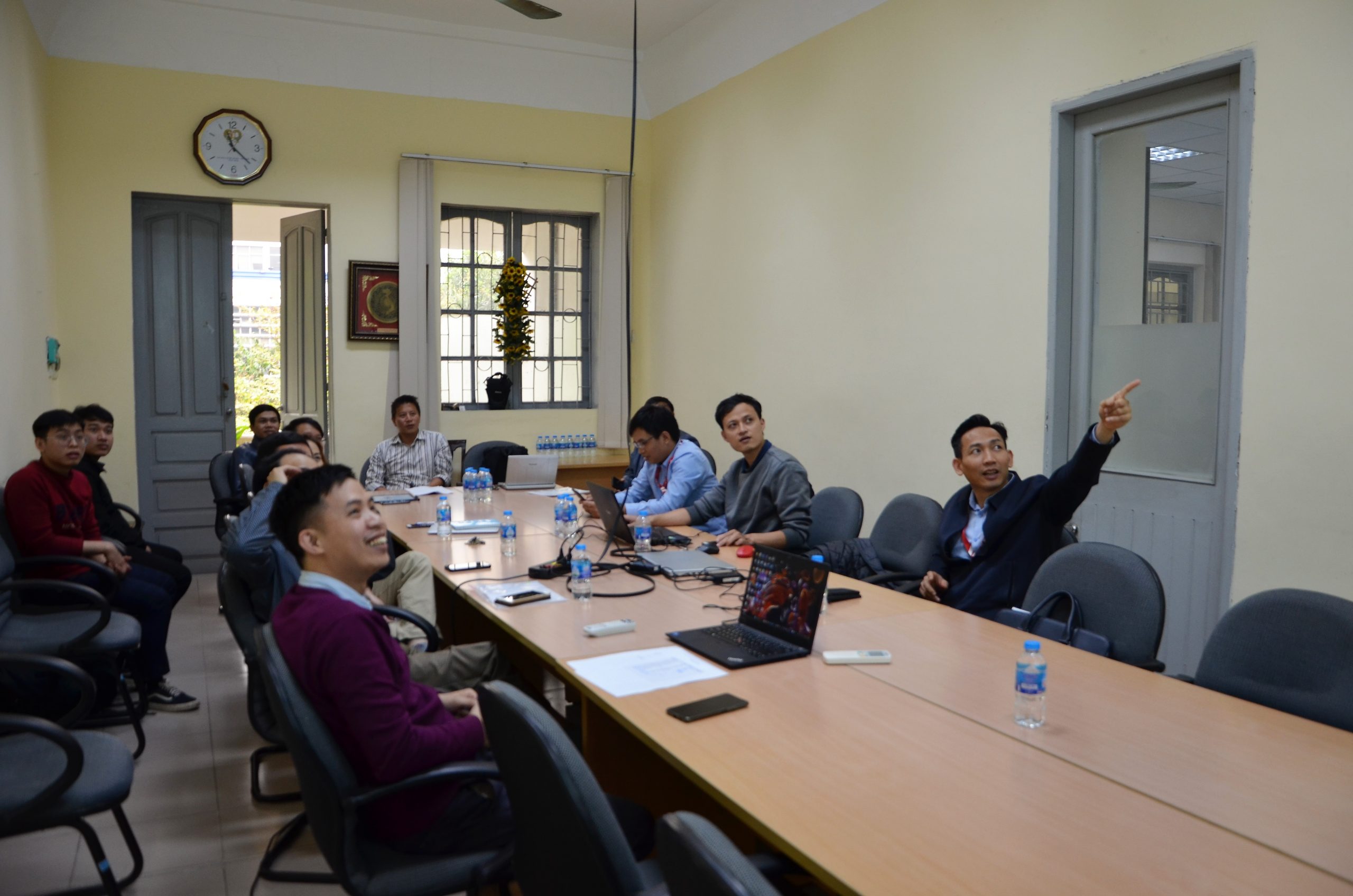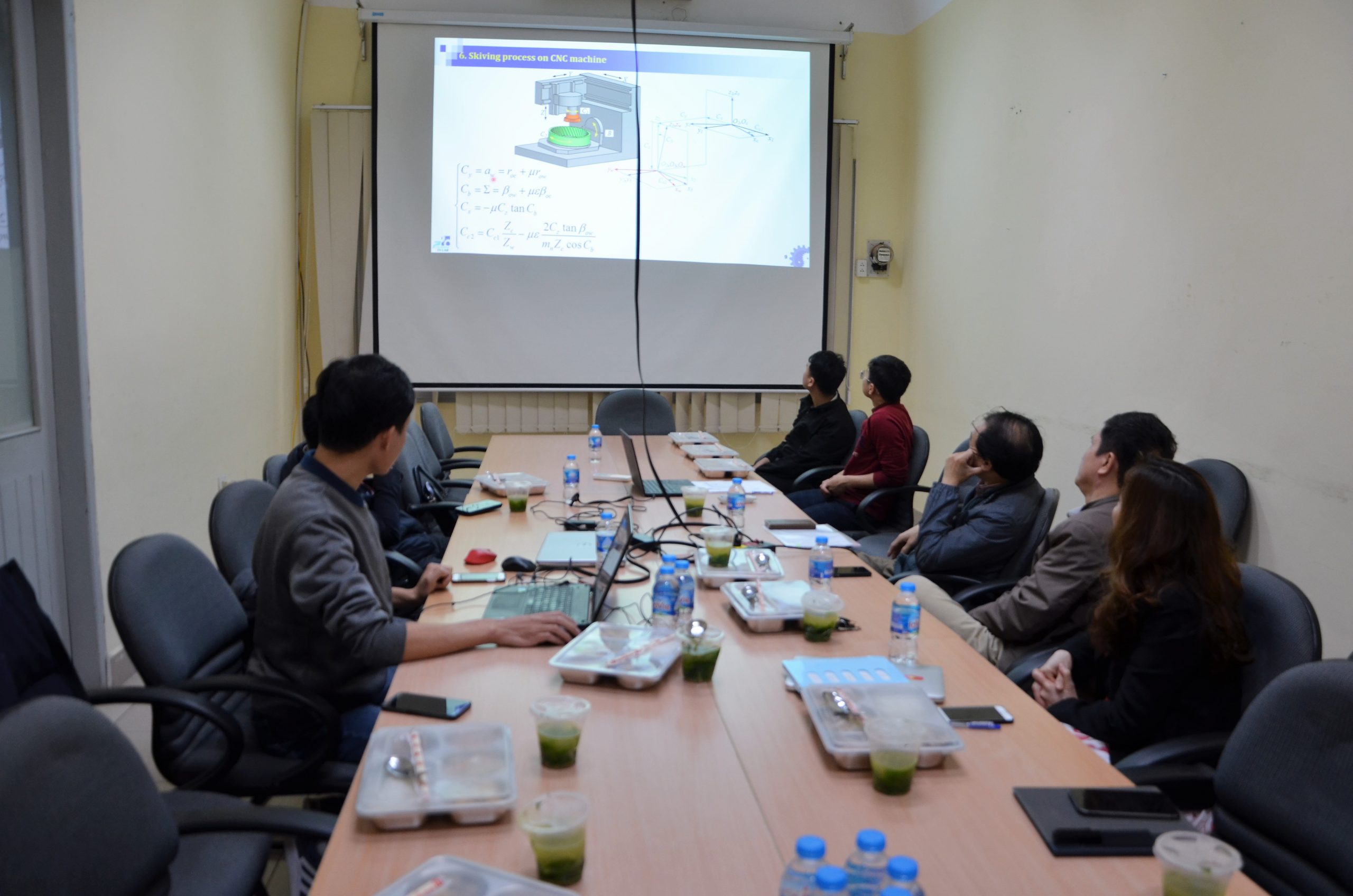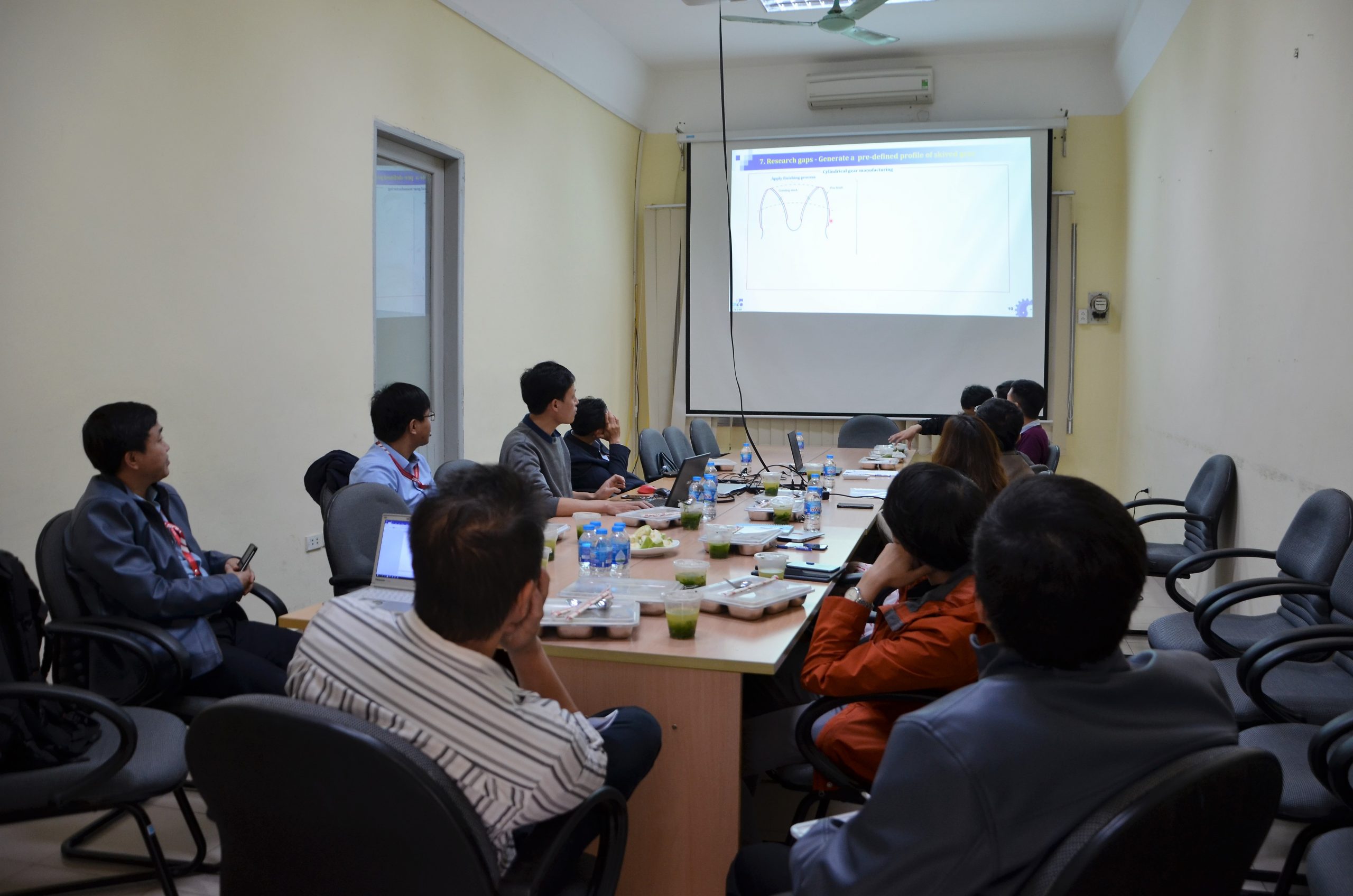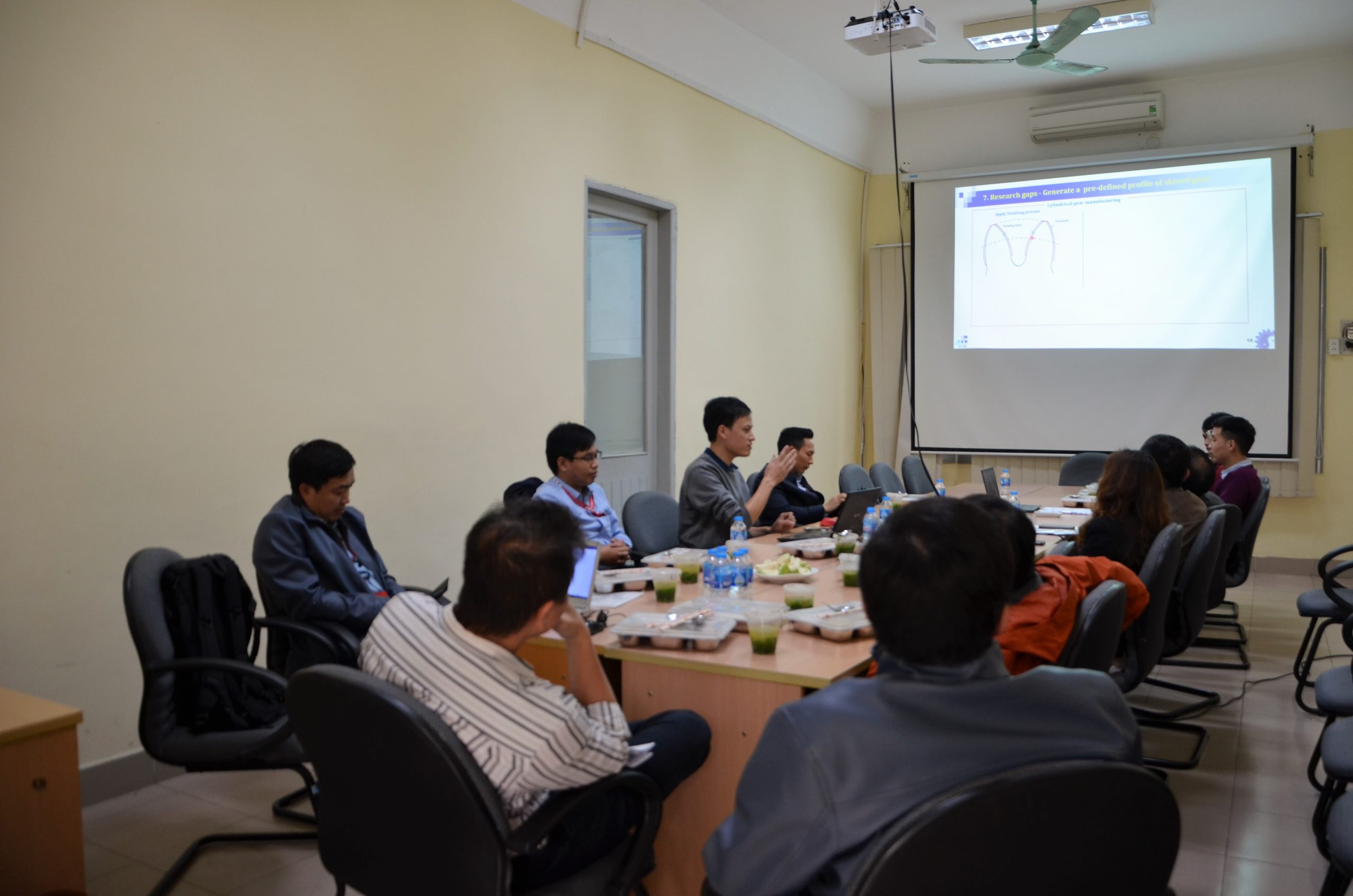Tiếp nối những thành công của các hội thảo nghiên cứu khoa học trước đậy, ngày 31/3/2023, Tại phòng C10-307, trường Cơ khí đã tổ chức buổi hội thảo nghiên cứu khoa học tháng 3.
Với mục đích tạo môi trường học thuật mở nhằm hỗ trợ các thầy cô trường Cơ khí có thể trao đổi về các nghiên cứu của mình, từ đó tìm được những nội dung phù hợp có thể hợp tác cùng phát triển. Trường Cơ khí đã tổ chức những hội nghị nghiên cứu khoa học hàng tháng để các thầy cô được chia sẻ và tìm hiểu những nội dung nghiên cứu trong nước và thế giới.
Đến với hội nghị lần này có sự quan tâm của PGS. Phạm Văn Sáng – Phó hiệu trưởng, PGS. Hoàng Hồng Hải – Phó hiệu trưởng, PGS. Vũ Toàn Thắng – Trưởng Khoa Cơ điện tử, PGS. Bùi Tuấn Anh – Trưởng khoa Cơ khí chế tạo máy, cùng nhiều Thầy cô và các bạn học viên đang học tập tại trường.
Trong buổi hội nghị tháng 3 này, có sự tham gia báo cáo nghiên cứu của hai diễn giả: TS. Dương Văn Lạc – NCM Robot và TS. Lưu Trọng Thuận – NCM Máy và ma sát học.
Topic 1: Tactile sensors and their applications
Trình bày: TS. Dương Văn Lạc
|
*Abstract: |
Topic 2: A study on power skiving technology for cylindrical gears and screw rotors.
Trình bày: TS. Lưu Trọng Thuận
| *Abstract: Power skiving is an effective and qualitative process for machining gears, including internal and external gears. Several practical applications require the exceptional tooth flanks on the skived gear, such as even grinding stock on tooth flanks or double-crowned tooth flanks. Therefore, a novel method to modify the cutting edge of the skiving cutter is essential. In addition, each skived gear with the specific pressure and helix angles requires one skiving cutter, currently. Hence, a novel approach is necessary to reuse the skiving cutter with different pressure angles or helix angles of the work gear. This research proposes the linear and quadratic correction models for the rack to adjust the shape and position of the cutting edge of the external-conical skiving cutter on the rake plane corresponding to the predefined profile of the skived gear. Subsequently, the correction cutter is reused when changing the pressure and helix angles based on a novel dual closed loop consisting of inner and outer closed loops. Furthermore, the existing machining method using disk-type milling cutters for screw rotors is time-consuming. Therefore, a generating machining method based on skiving technology to roughly manufacture screw rotors is essential. This research proposes an internal-cylindrical skiving cutter for producing screw rotors on a new CNC skiving machine. Finally, the numerical examples, including the simulated results and the virtual experiments on VERICUT software, validate the correctness and practicability of the proposed methods. |

 English
English
![[SME] SEMINAR NGHIÊN CỨU KHOA HỌC THÁNG 3](https://sme.hust.edu.vn/wp-content/uploads/2019/05/a.jpg)
